In the garden and on the balcony, which plants should be protected from the winter cold?
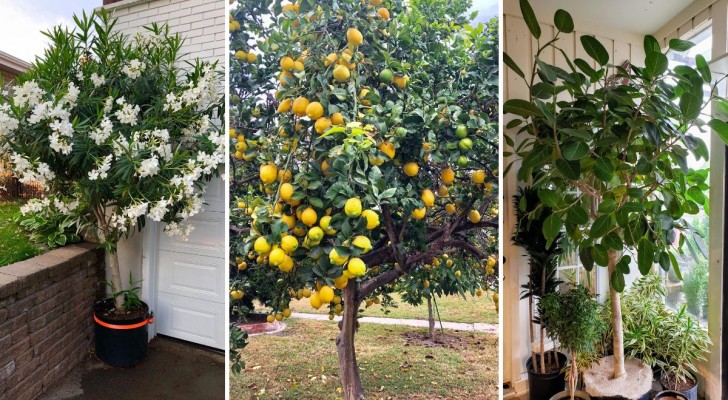
Many of the plants we cultivate in pots, in gardens or on balconies require protection as winter approaches and temperatures drop. The risk in these cases is associated with the freezing of the sap due to the plants getting too cold.
Plants sensitive to the cold need full protection, ensuring coverage not only for their above-ground parts but also for the roots. In nature, when trees shed their leaves, the leaves often accumulate at the base of the plant, forming a protective layer - we mimic this by using mulch.
Covering only the above-ground parts of a plant can lead to the cold damaging the root system, which may then struggle to absorb nutrients from the soil, potentially killing off the plants.
So, what are the plants that need protection from the cold during winter? We can divide them into four categories, listed below:
1. Young plants
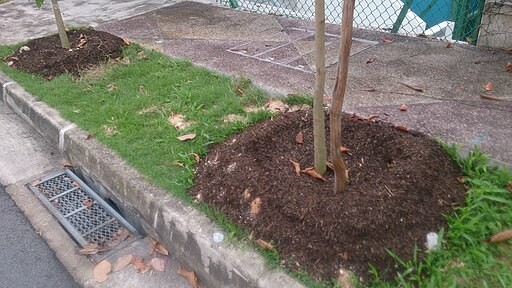
Some highly resilient plants - which can withstand winters without damage during their adult life - need protection during their first winter with a layer of mulch placed at the base of their stems.
Examples include roses, fruit trees, hedges, and shrubs. This also applies to perennial herbs that lose their above-ground parts to produce new shoots in the spring; their roots must be protected with mulch to prevent excessive cooling.
2. Rustic plants
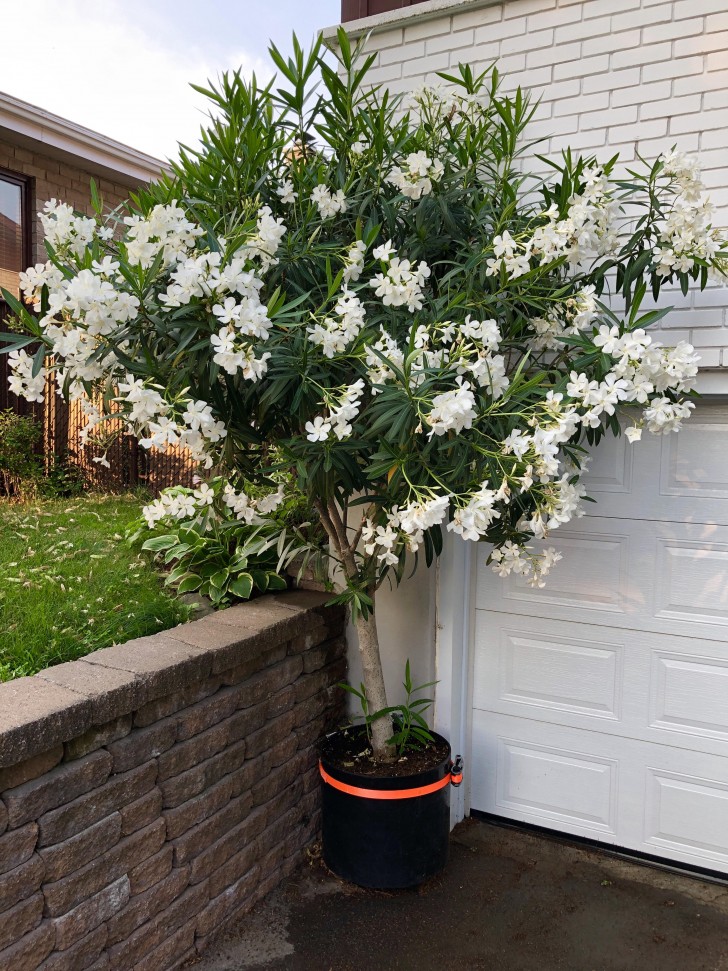
These are the hardiest of plants, capable of tolerating even sub-zero temperatures, and with some, like roses, tolerating temperatures as low as -25/-30 degrees Celsius. However, these plants need to be kept perfectly dry, in the sun, and sheltered from cold winds.
Plants belonging to the European flora fall into this category, with variations in resistance depending on their different origins. Examples include oleander, sedum, carnations, and certain trees like laurel, fig, and palms. For all these species, it's essential to consider their location: in a flat area with a typically dry and windless climate, protection may not be necessary; protection becomes crucial in mountainous regions, especially during winters with high precipitation.
3. Semi-rustic plants
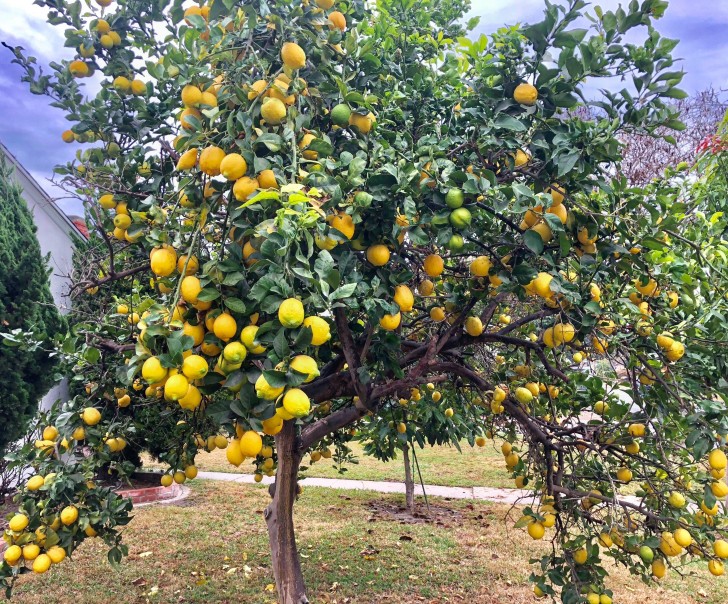
These are plants capable of withstanding the cold, but only if the temperatures do not drop below 5-6 degrees Celsius, and there's no wind. It is necessary to protect these plants with mulching and covering the above-ground parts in case of harsh winters.
Plants in this category include Mediterranean species such as citrus, passionflower, rosemary, olive trees, as well as cacti, Australian plants, exotic bamboos, and some other exotic plants like Strelitzia, Zamia, Dipladenia, and Cycas.
4. Delicate plants
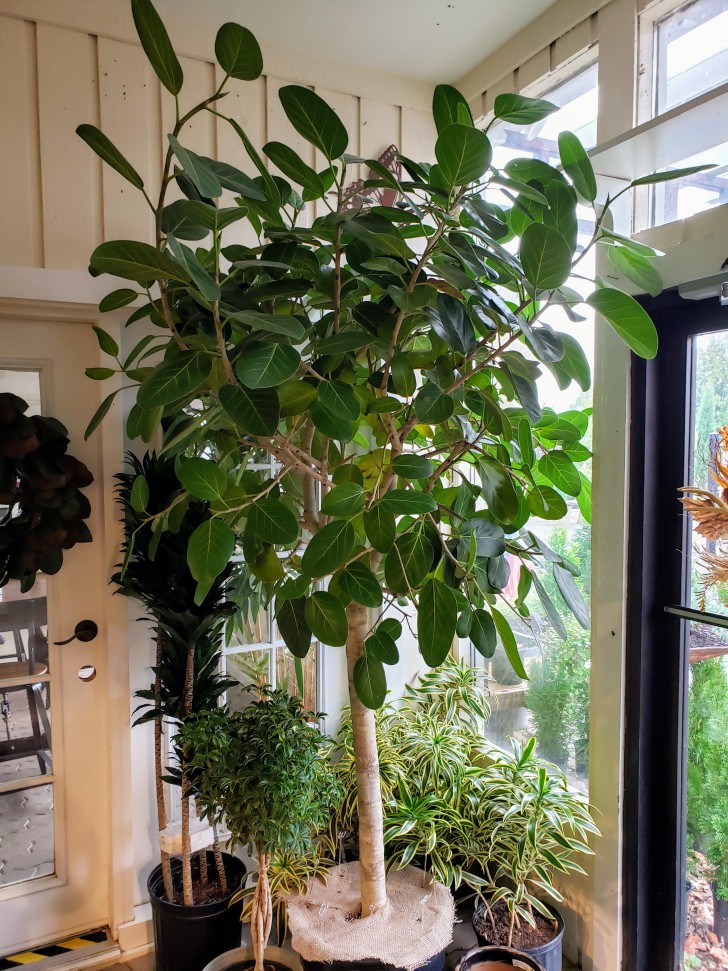
Finally, delicate plants are all those species that struggle to tolerate temperatures below 15 degrees Celsius, and dying when the temperature drops below 12 degrees. These plants are usually grown in pots and are therefore easier to protect by bringing them indoors or to a sheltered spot when temperatures start to drop.
This group includes all indoor plants like pothos, ficus, alocasia, as well as exotic flowering plants like hibiscus, oxalis, cassia, clivia, and succulents.
If it's not possible to bring these plants indoors, make sure to cover these them with mulch on the soil and a protective cover over their above-ground parts.
Following these precautions, your plants will be ready to survive the winter!